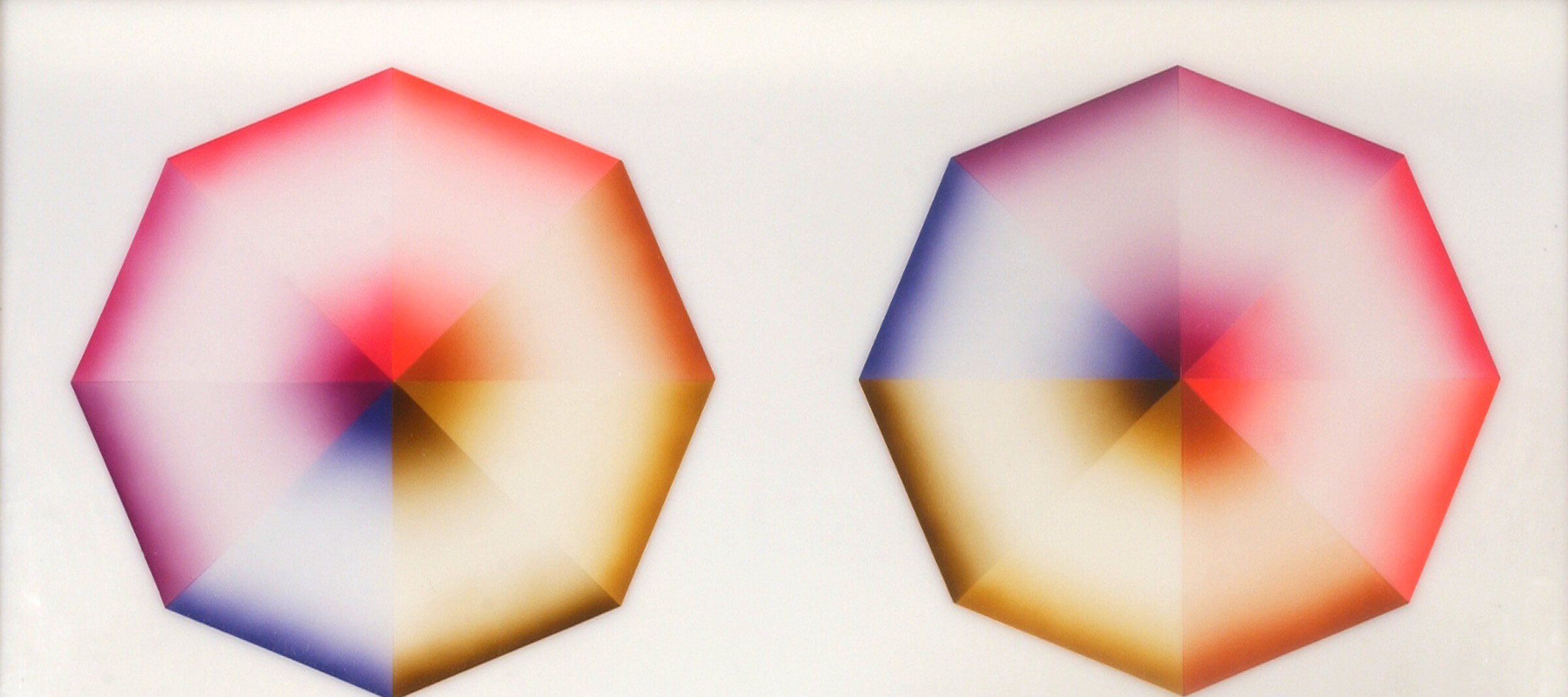WACK! Art and the Feminist Revolution is the first comprehensive exhibition to explore the formation, development, and impact of feminism in post-war contemporary art from 1965 to 1980 and will include artists from around the globe.
It is the largest exhibition in NMWA’s 20-year history and showcases nearly 300 works by 118 artists including painting, sculpture, photography, film, video, and performance art. The exhibition offers a major rethinking of feminist art, adds depth to the historical record, and creates interest in feminism as a vital force for a whole new generation.
WACK! Art and the Feminist Revolution’s story begins in 1965 with important proto-feminist work by Louise Bourgeois, Yayoi Kusama, Yoko Ono, Yvonne Rainer, and others who influenced the feminist art of the 1970s. It continues with iconic works by feminist artists such as Chantal Akerman, Eleanor Antin, Judith Baca, Judy Chicago, Ana Mendieta, Ulrike Ottinger, Howardena Pindell, Betye Saar, Miriam Schapiro, Nancy Spero, and Katharina Sieverding, among many others. The exhibition ends in 1980, with early work by artists such as Barbara Kruger, Cindy Sherman, and Lorraine O’Grady whose work was informed by the feminist practices of their foremothers.
Organized by the Los Angeles Museum of Contemporary Art (LAMoCA), NMWA is the second venue on a tour that also includes the Museum of Modern Art/PS1. A truly groundbreaking exhibition, WACK! Art and the Feminist Revolution will make clear that, in all its myriad forms, feminist art was a revolutionary force from 1965 to 1980 and continues to be relevant in contemporary art today.

Installation view of Magdalena Abakanowicz Every Tangle of Thread and Rope
Exhibition Sponsors
The presentation of WACK! Art and the Feminist Revolution at the National Museum of Women in the Arts is generously provided by the Elizabeth A. Sackler Museum Educational Trust; MaryRoss Taylor and Virginia B. Galtney; Fannie and Stephen Kahn Charitable Foundation; the Hugh M. Hefner Foundation; Dr. Arthur Bert and Mrs. Catherine Little Bert; Irene Natividad; Peggy Downes Baskin; and special friends of NMWA.
The Artist,
Magdalena Abakanowicz
Polish artist Magdalena Abakanowicz manipulated textiles like burlap into figurative compositions, referencing vulnerable human individuality in the modern world.
The Artist,
Lynda Benglis
Lynda Benglis first garnered art-world attention for her poured latex sculptures, which stood in marked contrast to the hard-edged sculpture of male-dominated Minimalism.
The Artist,
Harmony Hammond
In the 1970s and early 1980s, Harmony Hammond became well-known for her fabric-wrapped sculptures that expand conventional ideas about women’s handwork.
The Artist,
Alice Neel
In her portraits, Alice Neel sought to reveal the inner lives of her sitters, who included relatives, neighbors, and art-world celebrities.
The Artist,
Louise Bourgeois
Louise Bourgeois is considered one of the most inventive and influential sculptors of the 20th century for her use of unconventional materials and allusive psychological content.
The Artist,
Judy Chicago
After more than four decades, Judy Chicago continues to be an influential feminist artist, author, and educator. Her work helped establish the Feminist Art Movement of the 1970s.
The Artist,
Cindy Sherman
Through her photographs, Cindy Sherman examines women’s roles in society and questions the ways in which the viewer looks at and identifies with the women she portrays.
The Artist,
Miriam Schapiro
Miriam Schapiro challenged the dichotomy of “high” art, denoting the works of known, predominantly male artists, and “decorative” art, a term then used to relegate women to anonymity.
